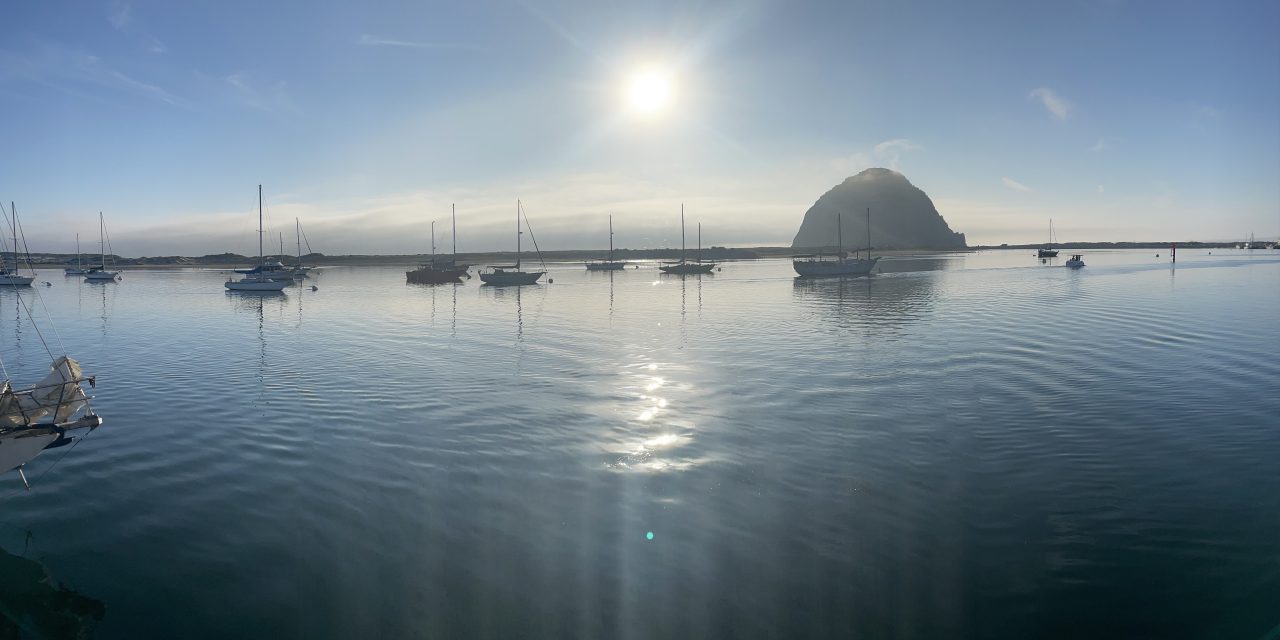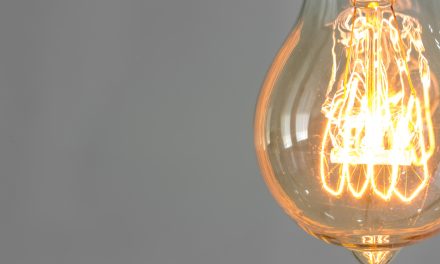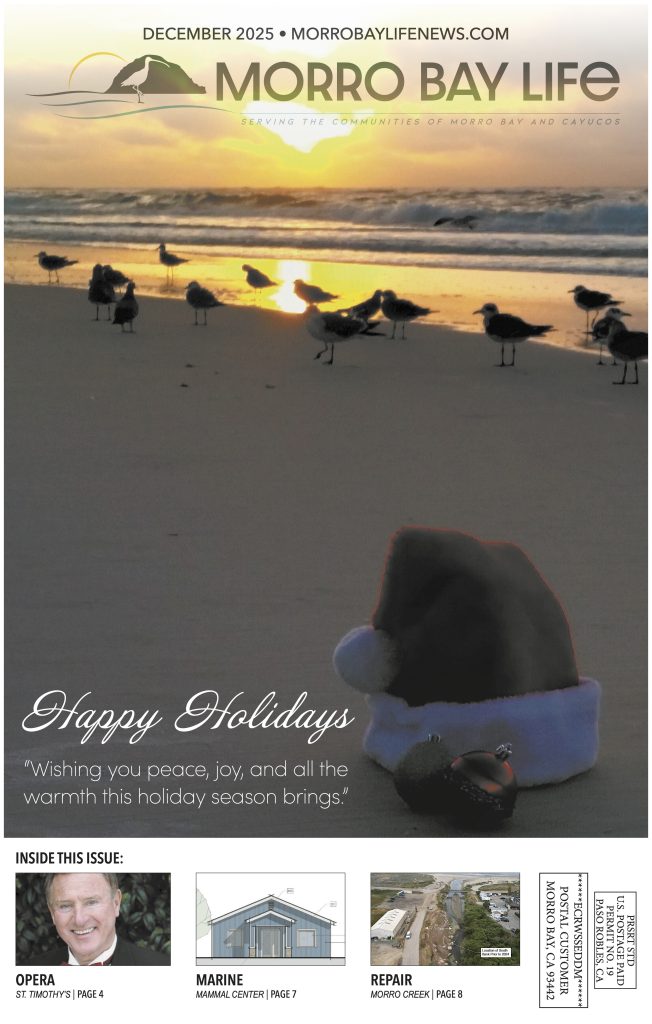Inclusive meeting brings out varying opinions on wind power and its effects on fish, jobs, and local communities
By Blake Ashley Frino-Gerl
In December, the federal government leased five offshore wind areas along California’s coast, including three off the coast of San Luis Obispo County. There was a hearing with the joint committee on fisheries and aquaculture to hold offshore wind at the State Capital on May 17.
“This first-of-its-kind hearing will bring all sides of the offshore wind discussion together, ensuring the state can expedite the deployment of this valuable energy resource while protecting the interests of California’s storied fishing fleet and guaranteeing coastal environmental safeguards,” said District 2 Senator Mike McGuire. “It’s critical to have these voices at the same table as we develop the roadmap for offshore energy, healthy oceans and a thriving fishing fleet to co-exist here in the Golden State.”
In addition to the wind deployment and fish protection, focus is put on jobs, training programs, and tribal and local communities. They are focused on obtaining “new green power generation facilities,” McGuire said.
Federal and state agency representatives, tribal leaders, offshore wind industry and fishery representatives, as well as people from labor and environmental industries, were included in the hearing.
Jennifer Miller from Bureau of Ocean Energy Management (BOEM) hopes to make offshore wind energy a reliable source for “renewable energy in a thoughtful manner that minimizes conflicts with other ocean uses.” She said BOEM is drafting to “mitigate impacts to fisheries in the areas of project siting, design, navigation, access safety and financial compensation.” It is also important to BOEM that there is no indication of hazardous intrusion on animal life.
Jenn Eckerle, the deputy secretary for oceans and coastal policy for natural resources and executive director of the Ocean Protection Council (OPC), said her group’s primary role is to “ensure that the best available science is informing” their decisions and identify suitable areas for offshore wind that maximizes wind and energy off the coast, but also minimize the impacts to marine life, habitats, fisheries, the communities and environment.”
Eckerle said they are using an offshore wind energy model platform, which provides a mapping interface that can be used by “stakeholders and decision-makers to help identify appropriate areas for offshore wind development.”
Elizabeth Huber, director for the Siting, Transmission and Environmental Protection (STEP) Division at the California Energy Commission, says STEP will work with the state and federal partners, as well as industry and environmental organizations, and fisheries and tribal communities “to advance common interests and shared values.”
Senior Environmental Scientist for the California Coastal Commission Holly Wire said “It is important to us that this group is inclusive and we are looking forward to working with BOEM to get the working group started.” She added that “monitoring adaptive impacts in the ocean is critical to the success of offshore wind on the West Coast.”
It is also important for them to get the information they need, as well as working with all the groups, including fishing commission in a relevant time period for decision making.
Tom Hafer, president of the Morro Bay Commercial Fisherman’s Organization, attended the hearing with his wife. He said that he really just wants AB 286 to not take out the “industry-to-industry agreement” that they worked so hard for in Morro Bay and Port San Luis.
His wife noted that while on a cruise around the United Kingdom, they saw a vast amount of wind turbines in the ocean and hoped that wouldn’t happen to California’s coast. Then after speaking to U.K. citizens, they learned energy bills were five times higher with the wind turbines. She went on to imply that there will be devastation financially, as well as too small of ports that would result in costing taxpayers billions of dollars. She also stated how the environment, marine life, and commercial fisheries would be negatively affected.
Vice Chairman of the Yurok tribe Frank Myers said that it is crucial for offshore winds to create a “net positive for our citizens,” understanding there will be negative impacts.
Myers said that “some of those impacts can be mitigated, some of those impacts simply cannot be mitigated.” However, “it is important to know and see ourselves in this conversation,” Myers added.
The Yurok tribe is in support of offshore wind and it is because they have yet to see what it exactly looks like, and will hold their opinions while the planning is being developed.
“The goal is only the goal as long as it works within our environment … and benefit the ecosystem … and as long as there are no impacts that we can’t mitigate,” Myers said.
McGuire prides California in including stakeholders and ensuring their voices are heard.
“We got to get this right,” he concluded. “We can learn from the mistakes we’ve seen in other regions of this country and throughout the world.”







